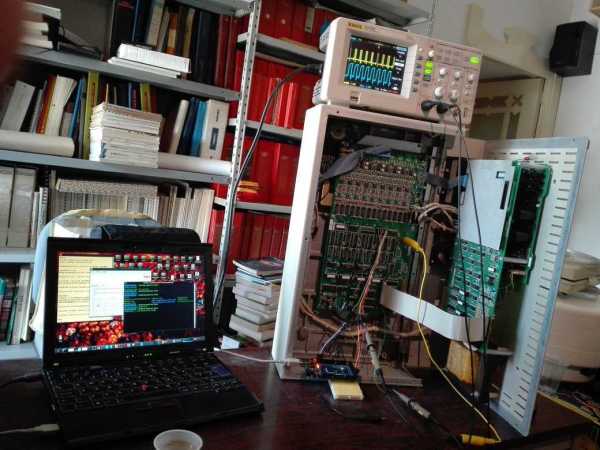
The Wimshurst machine is one of the oldest and best known electrostatic machines, consisting of its iconic two counter rotating disks and two Leyden jars. Most often you see someone hand cranking it, producing sparks, though we’ve seen it used for much more, including for powering a smoke precipitator for cleaning up smoke and even for powering a laser.
It works through an interesting sequence of events. Most explanations attempt to cram it all into one picture, requiring some major mental gymnastics to visualize. This often means people give up, resigned to assume these work through some mythical mechanics that defy a mortal’s ability to understand.
So instead, let’s do a step-by-step explanation.
Continue reading “Wimshurst Machines: High Voltage From The Gods”















